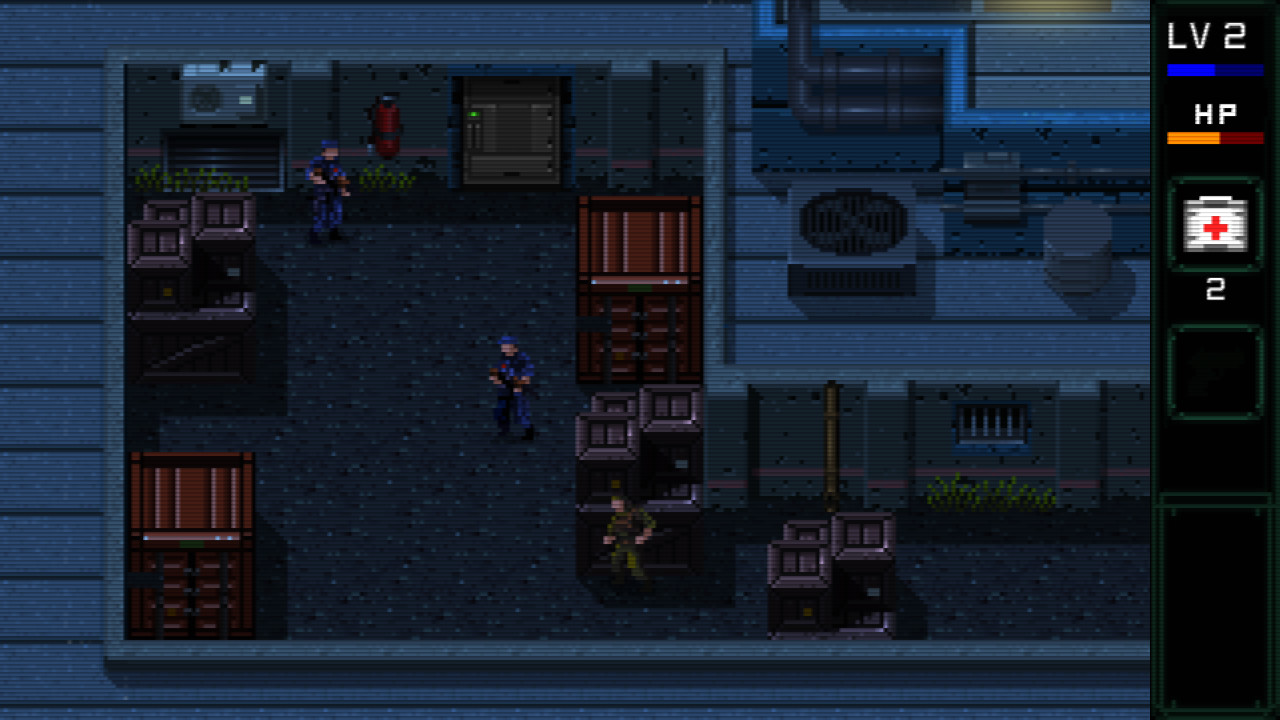

Not necessarily visible externally, but doors and windows may require adjusting to prevent sticking. 2 - Cracks easily filled: Up to 5 mm in width.Generally restricted to internal wall finishes. 0 - Hairline cracks: Less than 0.1 mm in width.This identified six categories of cracks together with the typical damage caused and the remedy required: What size of cracks in buildings are significant?īRE assessed a number of properties as part of a study that was published as BRE Digest 251 Assessment of damage in low-rise buildings. Alteration works to the building or neighbouring properties (Note, occupants may see cracks that have been there for some time, but are only noticed when works are taking place).The absence of foundations in older buildings.Inherent defects, particularly in historic structures.Thermal movement that causes materials to expand or contract as temperature increases or decreases.Excess water, and water penetration can be caused by the presence of vegetation, faulty or damaged drains, flooding, damage to the building fabric, condensation and so on. Moisture movement that causes materials to expand or contract.Decay of the building fabric, due to woodworm, rust, wet rot, dry rot and so on.Foundation failure due to the decay of soft clay brick, concrete erosion due to chemical contaminants, and so on.Ground movement caused by clay shrinkage, land slip, vibration, subsidence, settlement, heave, sway, and so on.The most common causes of cracks in buildings are: What are the most common causes of cracks in buildings? Only then can a strategy be developed for repairing the problem. The appearance of cracks and other distortions caused by building movement can be visually unattractive and disconcerting for occupants, and if left untreated they can affect the integrity, safety and stability of the structure.Įffective treatment requires first that the causes of the cracking are understood.

However, if the building is unable to accommodate this movement, cracking is likely to occur. This movement can be caused by defects, changes in ground conditions, foundation settlement, changes in the building fabric, and so on. When should I be concerned about building cracks?īuildings and other built structures are moving all the time, but usually these movements are so small as to be unnoticeable. 6 Related articles on Designing Buildings.4 What do the shapes of cracks in buildings mean?.3 What size of cracks in buildings are significant?.2 What are the most common causes of cracks in buildings?.



 0 kommentar(er)
0 kommentar(er)
